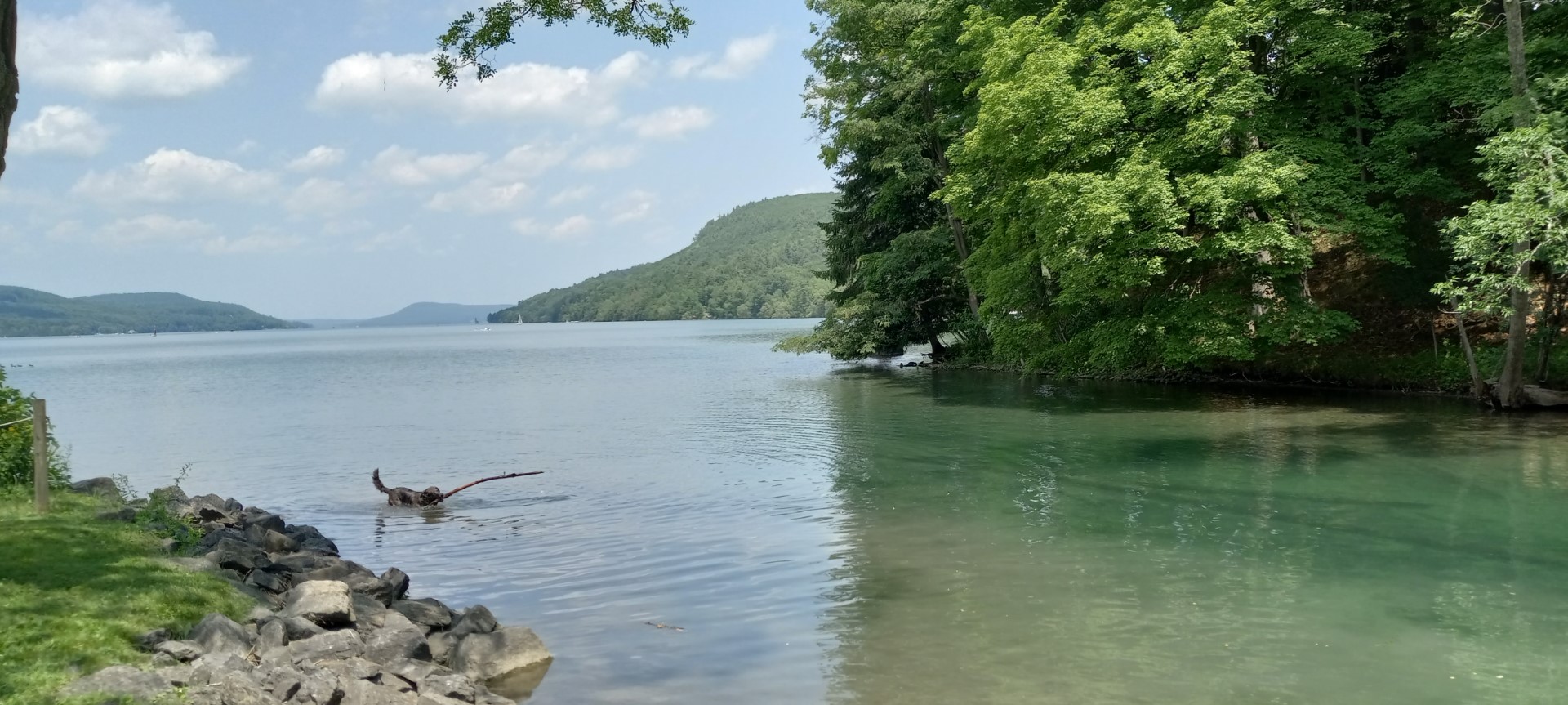
As part of Maryland Matters’ ongoing “Climate Calling” series, today we kick off a mini-series within the series, focusing on climate challenges and opportunities connected to the Chesapeake Bay.
WEST DAVENPORT, N.Y. — On a recent rainy afternoon, a dozen educators and environmentalists from Central New York were standing ankle deep in Charlotte Creek here, collecting water samples in test tubes, petri dishes and ice trays. As the rain pelted the group at a sideways angle, with the creek running faster than usual, Heather Grant, one of the leaders, felt compelled to offer a gentle warning.
“The teacher in me wants to say that the water is still high, so don’t go too far out by yourself,” she said. “Please don’t get washed away.”
It would not have been apparent to anyone watching, but this simple scientific inquiry, 282 driving miles from Perryville in Cecil County, the first town in Maryland to touch the Chesapeake Bay, had profound implications for the health of the Bay — and for the imperative of preparing the next generation to work to combat climate change. The creek runs into the Susquehanna River near Oneonta, about five miles east of West Davenport, and the Susquehanna, the longest river on the East Coast, is the biggest and northernmost source of the Chesapeake Bay, one of more than 150 waterways that feed into the venerated estuary.
Not that very many people know it. The Susquehanna begins at Lake Otsego in Cooperstown, N.Y., a quaint village named for James Fenimore Cooper, author of “The Last of the Mohicans” and other 19th century yarns. It’s also home to the Baseball Hall of Fame, which draws a steady stream of tourists. Brewery Ommegang, a giant and popular watering hole, restaurant and event space, is just outside of town in a corn field, its wild success surely a beacon of hope for craft brewers downriver in Maryland.
The only indication that this is the source of the Chesapeake Bay comes from a historical sign in a shady copse in Council Rock Park, which overlooks the lake, three blocks from the Baseball Hall of Fame (or the “B-HOF,” as some locals call it). “This marker signifies the point where the beautiful Susquehanna River begins its 444 mile journey to meet the Chesapeake Bay,” the sign says.
But a number of environmentalists and teachers in this part of the world are taking their responsibility as stewards of the Chesapeake Bay increasingly more seriously. And they are thinking more often about how they can incorporate Bay health into the scholastic curriculum. It can seem at times like a lonely crusade.
“Sometimes up here it’s tough to get students — or anyone — interested in the Bay, which is 400 miles away,” said Jeff O’Handley, program director at the Otsego County Conservation Association (OCCA), a leading environmental group in the area.
For the past three years, OCCA has organized a summertime training for local teachers to learn more about the Chesapeake Bay watershed and to devise strategies for teaching their students about it. Run initially by a group of volunteers, the environmental group, which has been around since the late 1960s, was launched to protect forests in the area. But its size and mission have grown exponentially over the years. Today, nine full-time staffers tackle everything from water pollution to clean energy advocacy to climate resiliency. Three years ago, the group won a grant from the National Oceanic and Atmospheric Administration to organize the teacher trainings on the Bay.
“Education is part of everything we do,” O’Handley said.
Maryland policymakers and environmentalists have long been obsessed about upstream pollution that comes into the Chesapeake Bay. But most of their ire and frustration focuses on Pennsylvania, which by all accounts and a series of lawsuits, has been lax, until recently, about its responsibilities to curb agricultural runoff and other pollution that flows to the Susquehanna and its tributaries.
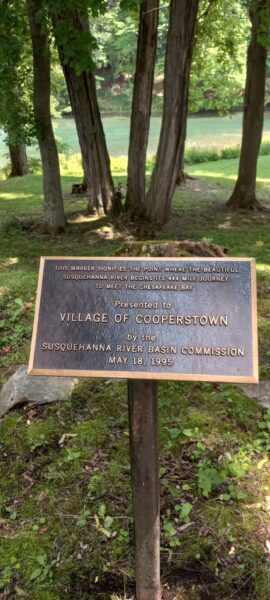
A sign in a park in Cooperstown, N.Y., commemorates the Susquehanna River’s long journey to the Chesapeake Bay. Photo by Josh Kurtz.
New York is often missing from the conversation. In fact, environmentalists from the area joke about being left off official maps of the Bay watershed and recall a recent document from the Chesapeake Bay Foundation referring to the city of “Binghampton” — a serious misspelling to the locals. That may help explain why it’s so hard for local educators to teach their students and communities about the Bay.
“That’s how little people think about New York and the Chesapeake Bay,” said Liz Brown, OCCA’s clean energy community coordinator, who was co-leader of this summer’s teacher training. “Our portion up here is really critical to the Bay watershed, but it’s obvious why people don’t think of it, because it’s so small in proportion to all the other states.”
Grant, the other co-leader, who is a middle and high school teacher in the Morris Central School District, northwest of Oneonta, recalled fruitlessly exhorting a student to be more curious about the Chesapeake Bay.
“I don’t like oysters,” he replied.
‘We want this to be a place to not let that fleeting idea go to waste’
In Maryland, Bay education is a common and essential thing — and the state has broad benchmarks for environmental instruction that school districts are required to hit. In New York, educators were never expected to think about the Chesapeake Bay until the Empire State signed on to a multi-state agreement to reduce pollution in the Bay more than a decade ago. But there are still no standards or requirements for teaching about it.
For three days teachers participating in the Otsego County Conservation Association training program met in a historic schoolhouse at the Pine Lake Environmental Campus of Hartwick College. Hartwick, a small liberal arts school in Oneonta, just down a steep hill from the bigger campus of the State University of New York at Oneonta, offers housing in small cabins at the environmental campus for students who wish to avoid the hurly-burly of typical dorm living. During the summer, the environmental campus is used for youth summer camps — and, for the past two years, for the teacher training on the Bay watershed (it was held virtually the first year, due to the pandemic).
The nine teachers participating in the training were at different career stages and came for a variety of reasons. All were clearly committed environmentalists. On the first day, Grant wore a T-shirt that said “Teach climate science” on the front, and on the back said, “Teach climate science for…human health, food security, ecosystems, water resources, wildlife, the economy, our future.”
One member of the group, Amy Favinger, a 4th grade teacher in the Gilbertsville-Mount Upton Central School District, grew up in Baltimore County, taught in county schools, and moved with her family to Central New York during the pandemic after teaching for several years in Northern Virginia. Favinger said the training appealed to her partially out of a kind of nostalgia — she still has family in Baltimore — and partially to network with other educators, because she’s still relatively new to the area.
“Having that connection, living and growing up and teaching in that area, I wanted to figure out how I could use my previous experience to make connections for my students,” she said.
Throughout the three days, Grant and Brown were energetic and enthusiastic guides, mixing wonky science with knowing sympathy about demands and limitations teachers face in their daily lives, coupled with political realities of preaching climate action to reluctant or indifferent communities.
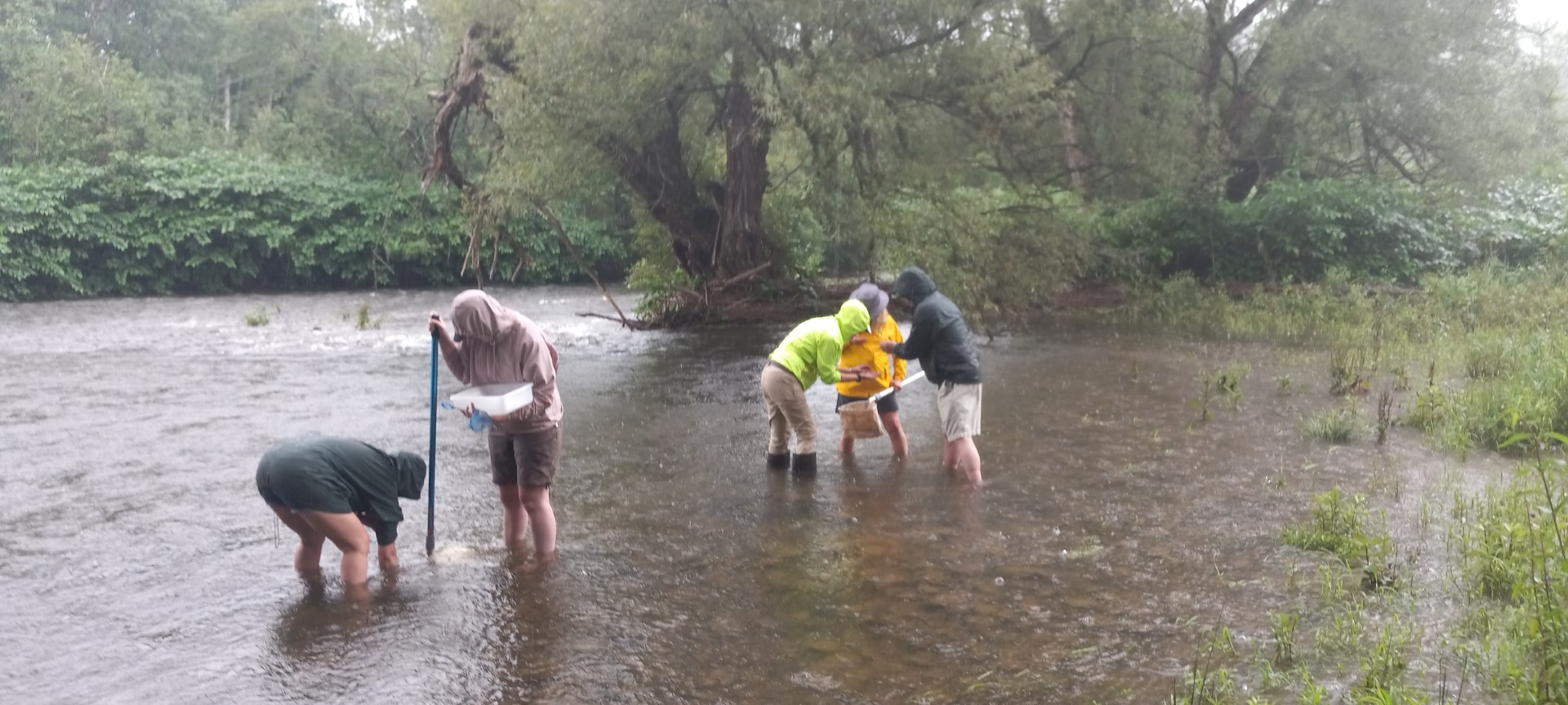
Teachers and environmentalists collect water samples in Charlotte Creek in West Davenport, N.Y., part of their training on how to teach about the Chesapeake Bay watershed. Photo by Josh Kurtz.
“We’ve got a lot of resources for you guys,” Grant told the teachers, later urging them to think creatively. “We want this to be a place to not let that fleeting idea go to waste.”
One of many messages group leaders attempted to drive home was that any scientific or environmental lesson or conversation, no matter how local, could be tied to broader discussions about the health of the Chesapeake Bay watershed. At one point, Brown and Grant asked each of the teachers to think about environmental challenges near their schools that could warrant academic inquiry — and could impact Bay health.
One teacher mentioned a “sketchy” visible gas pipe on the school property, leaking effluent of unknown origin. Another talked about her school being close to an old dump notorious for its methane emissions. Another talked about wanting to study microplastics in local waterways. And another wondered about the ecological impacts of the highly popular vineyards in the nearby Finger Lakes region.
They also talked about opportunities for civic action, at the school level and in their communities — everything from Earth Day cleanups to planting pollinator gardens to pulling tires out of rivers to advocating for meatless Mondays in the school cafeteria. One teacher, Chad DeVoe, a career counselor from the Onondaga-Cortland-Madison counties BOCES (a vocational educational program), said that when a school field trip was canceled in the late spring due to unhealthy air caused by Canadian wildfires, he urged his students to call the local congressman, Rep. Marc Molinaro (R), to ask his office what he was doing to fight climate change. They never got a particularly satisfactory answer, DeVoe told his colleagues, but it was still a valuable exercise.
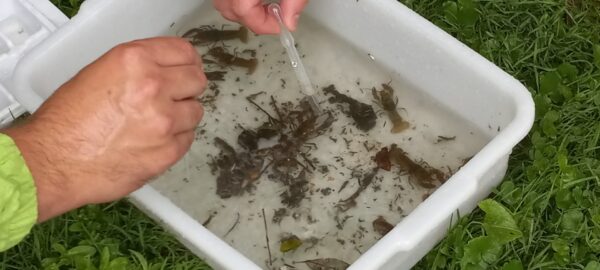
Teachers examine the microorganisms that they took from Charlotte Creek in West Davenport, N.Y. Photo by Josh Kurtz.
“We do letter-writing [to political leaders on climate change] earlier in the year,” DeVoe he said. “But this is far more effective. The kids loved it.”
Over the three days, the group of teachers took several short field trips on the wooded grounds of the environmental center’s campus, and also received visits from a range of experts and advocates: a scholar on local leaves and an authority on archaeology, as well as the director of an agricultural extension office affiliated with Cornell University, the leader of a regional environmental group that specializes in tree planting, and the district manager of the Otsego County Soil and Water Conservation District.
The quick hike to Charlotte Creek, through a piney forest, was part of an exercise to gauge water quality and monitor macroinvertebrates living near the shore. The teachers and environmentalists examined small critters in the test tubes, petri dishes and ice trays they brought with them, and discussed what they collected: mayflies, stoneflies, and two types of crayfish, among others.
The very same experiments, Brown told the teachers, can be done with their students if there is a stream nearby. “Macros are a good way, especially if you do it year after year, to assess water quality,” she said.
‘We need the next generation to participate’
Any educational endeavor, almost by necessity in modern America, comes with its own jargon and series of acronyms. The three-day teacher training was no exception.
The grant from NOAA that the Otsego County Conservation Association received came from a program the federal agency has established called B-WET, which stands for Bay Watershed Education and Training. B-WET teacher trainings have been taking place throughout the Bay watershed for several years, but the OCCA offering is the first in New York state.
More broadly, the B-WETs borrow from a teaching concept known as MWEEs — Meaningful Watershed Education Experiences, pronounced mee-wees. MWEEs can be any number of things and have existed for decades — many teachers in Maryland know a thing or two about them. The four elements they require, educators say, are issue investigation, outdoor field experience, synthesis and conclusions, and stewardship and civic action. Every conversation during the OCCA session was geared to shedding light on those goals.
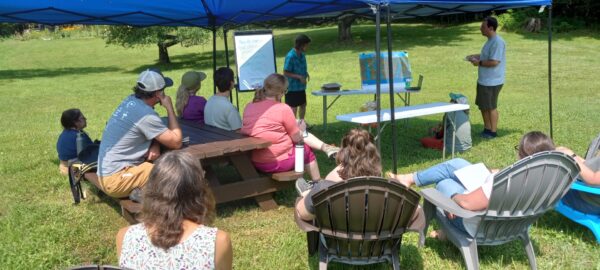
New York teachers learning from a local leaf expert at a training session on the Chesapeake Bay watershed earlier this summer. Photo by Josh Kurtz.
On the second day of the three-day training, Elise Trelegan, the B-WET program coordinator for NOAA’s Chesapeake Bay Office in Annapolis, joined the meeting on Zoom from her home on the Eastern Shore. Trelegan told the teachers that the work they are doing in New York is part of a bigger effort; there are 637 school districts in the Chesapeake Bay watershed over six states and the District of Columbia, she said, and the B-WET office has an annual budget of $2.7 million — a pittance in the federal budget — to try to reach them all.
“We recognize that if we’re going to do anything on conservation and stewardship, we need the next generation to participate,” Trelegan said. “We haven’t done a lot of work in New York, so we’re really excited to have you all here. This funding catalyzes this kind of environmental literacy, environmental education, in all these school districts.”
Trelegan also explained that NOAA, like other federal agencies, is increasingly trying to emphasize equity and environmental justice as it funds climate and education programs.
“We’re looking for a long-term commitment from school districts to change the culture on environmental education,” she said. “We see this grant as the beginning of more things happening in New York.”
One teacher asked Trelegan why it took New York so long to “jump on the bandwagon” of providing education about the Bay watershed.
“I think it’s a sort of perception,” Trelegan suggested. “If people don’t see there’s a connection to the Bay, they don’t see how the upstream decisions affect things downstream.”
A teacher told a story that illustrated that very phenomenon. “It’s interesting,” she said. “I ask my students, ‘where do you think our water winds up?’ And they may say, ‘Oh, the Susquehanna,’ or ‘Binghamton.’ They don’t really know it goes to the Chesapeake. They don’t know we’re in the headwaters of the Chesapeake.”
Trelegan signed off of the Zoom, from Maryland, and expressed gratitude to the assembled teachers. “Thanks for doing these jobs and being the role models that you are,” she said.
Throughout the three-day session, there were more reminders of Maryland. At one point, the group watched a half hour video about ongoing MWEEs in three Bay watershed school districts, organized through the B-WET program. One was a high school in Lancaster County, Pa., one was a middle school in Virginia’s Shenandoah Valley, and the third was Lewisdale Elementary School, in Prince George’s County. The teachers in the room watched with great interest as a Lewisdale teacher led her students to Sligo Creek to take water samples and examine the macroinvertebrates they collected.
“Some of you are saying you have a lobster,” the teacher says in the video. “I don’t think that’s right.” Her students laugh.
Speaking to the camera, the teacher says her students’ families regularly use the park by the creek for picnics and other recreational activities and that the program makes them more attuned to their own responsibility for keeping the park and the water clean. And she praises the B-WET grant for helping to frame her lessons.
“The MWEE does not add on to all the standards that I have to teach,” she says. “To me, it frames [the lessons] in a much different way.”
When the video was over, the New York teachers remarked on the diversity of the student populations in the video they saw, especially the kids from Lewisdale, who were primarily Latino. The teachers, whose districts are small, rural and largely white, also wondered aloud about the resources the school districts in the video may have to enable them to run well-organized and successful MWEE programs.
When the three days had ended, several teachers said they learned a lot and planned to apply what they heard to their classroom instruction in the coming school year.
“It’s pretty great,” said Bryan Hill, a science teacher at Penn Yan Academy, a high school in Penn Yan, N.Y. “I think the coolest thing, apart from the litany of resources, is using hands-on activities that show kids environmental stewardship in real-world ways.”
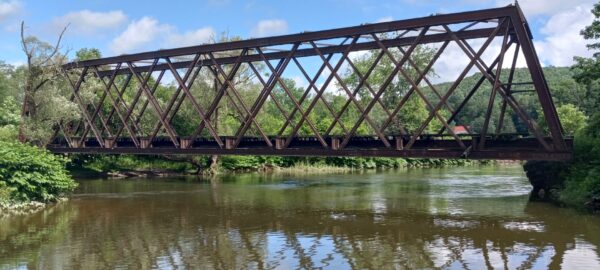
An abandoned railroad bridge crosses Charlotte Creek, a tributary of the Susquehanna River in Central New York. Photo by Josh Kurtz.
Hill, who dropped out of medical school to teach at Penn Yan Academy, his alma mater, said he was “shocked, given that we have so many bodies of water around here,” that so little attention has been paid to the impact upriver activities have on the Chesapeake Bay. “It’s so easy to be complacent, to say, ‘I don’t know where the water goes.'”
Favinger, the 4th grade teacher who grew up in Baltimore County, was also impressed — and grateful.
“The resources are there,” she said. “You just have to know where to look and what you need to take in. It’s empowering when you get to make the decisions and set up the programs. There’s a way to do this and meet the standards of what you have to teach.”
Several teachers said the MWEEs appear to allow for a level of creativity and flexibility that many academic programs and mandates don’t have.
“This is not marked in stone,” Grant told the teachers. “We’re not going to show up in your schools in October and check back on these.”
All politics, all environmental action and all educational activities may, at a certain level, be local, but the leaders of the Otsego County Conservation Association were quick to remind the teachers about their small but vital place in a vast watershed.
“It’s important to stay focused on your waterway, but also taking a bigger look,” Brown advised. “Not just where you are, not just the Chesapeake Bay, but globally.”
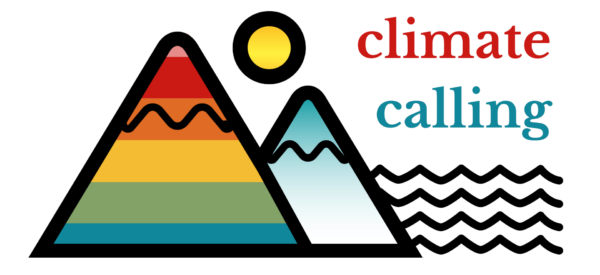

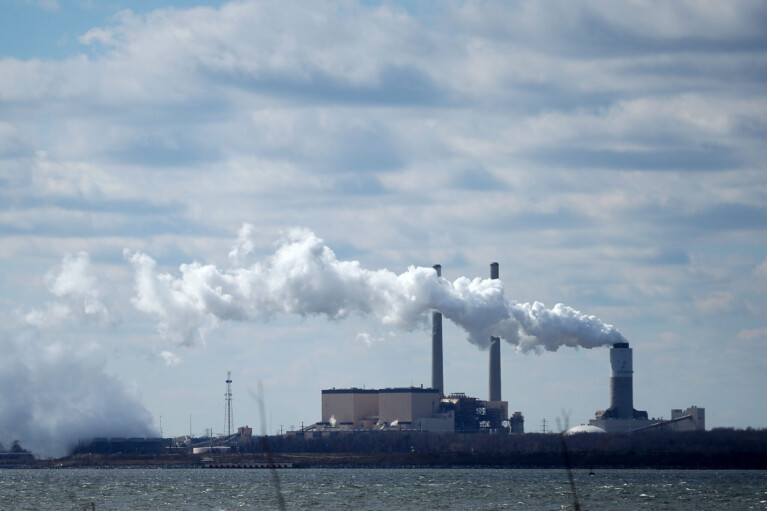
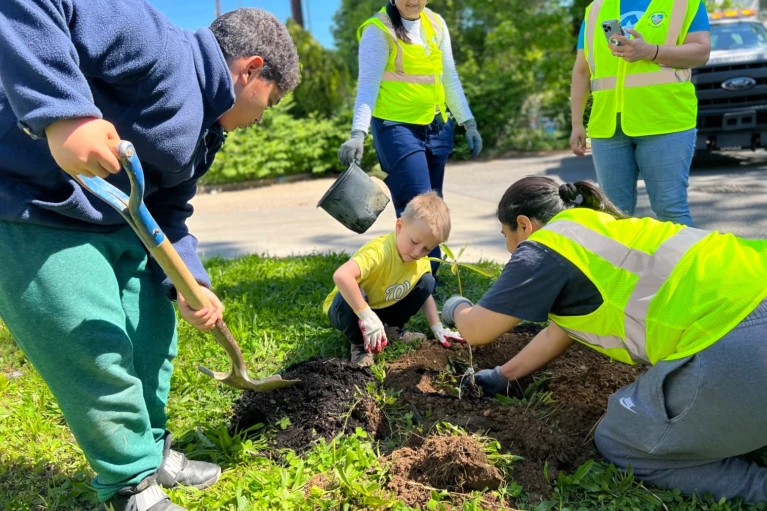
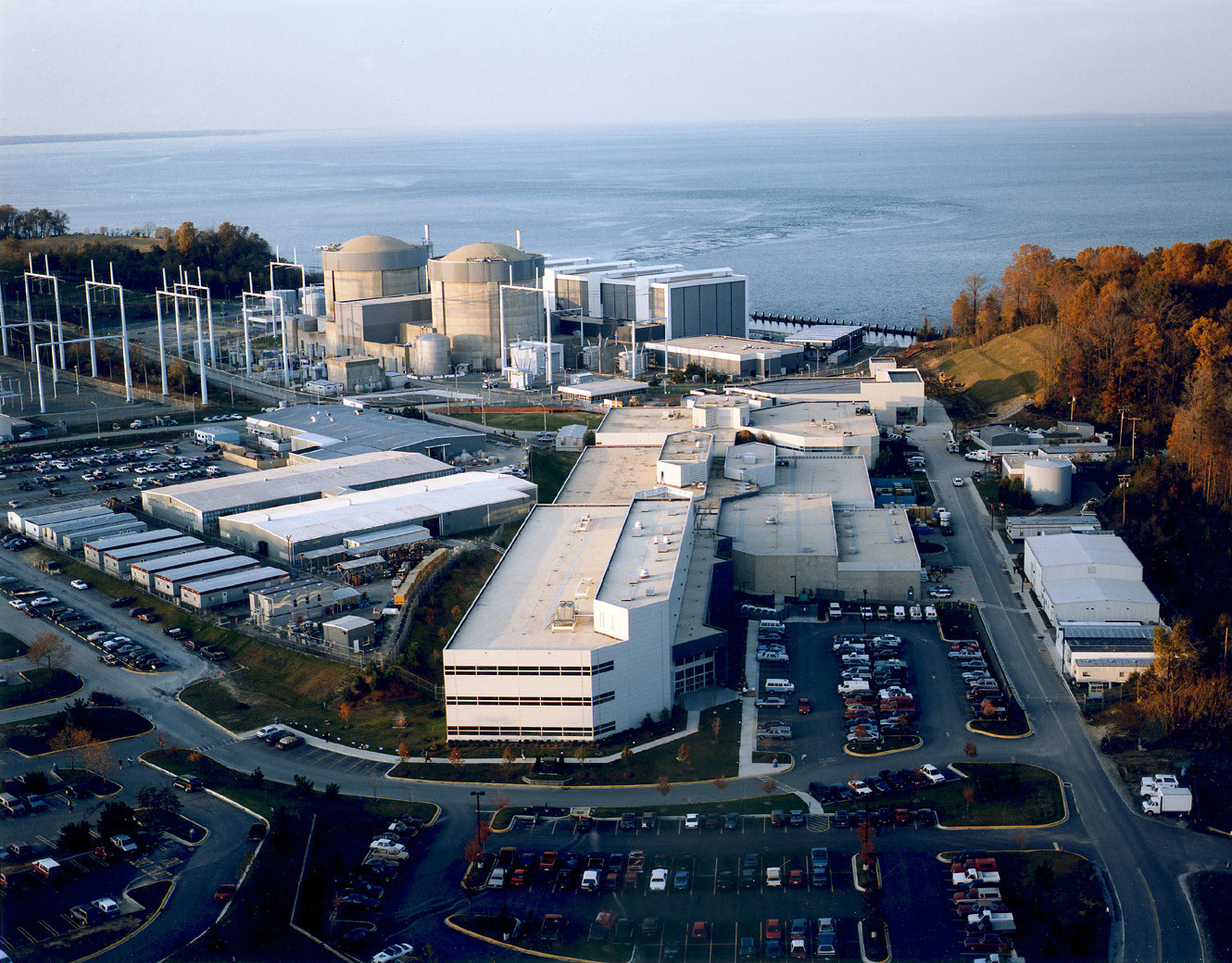
 Creative Commons Attribution
Creative Commons Attribution